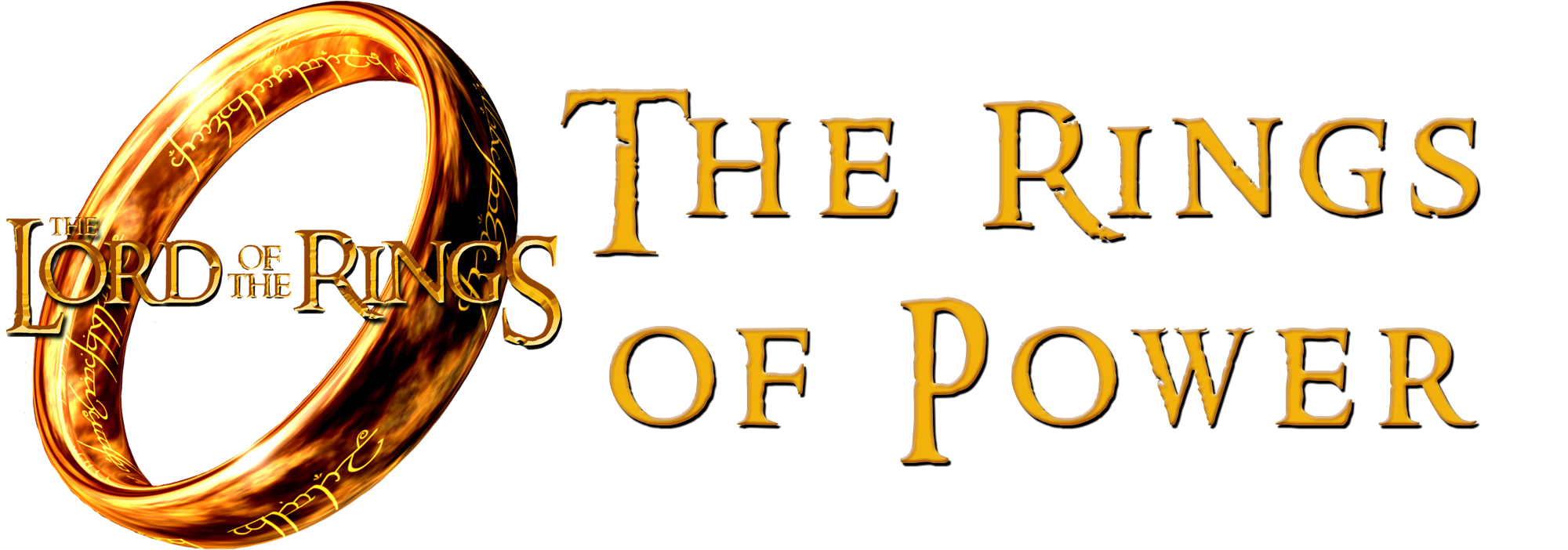- The Lord of the Rings: The Fellowship of the Ring
- The Hobbit: An Unexpected Journey
- The Hobbit: The Desolation of Smaug
- The Hobbit: The Battle of the Five Armies
- The Lord of the Rings: The Two Towers
- The Lord of the Rings: The Return of the King
This order is designed to address one of the major flaws of a chronological viewing order of the Hobbit and LOTR movies: if one were to watch the movies in order of their in-universe time, you’d watch Hobbit 1, 2, and 3, then LOTR 1, 2, and 3. However, because the Hobbit contains information/story elements that only make sense if the viewer has seen LOTR, the chronological order won’t work.
However, watching LOTR first before the Hobbit can take away the gravitas of certain scenes, like the Necromancer storyline and why it affects the major movers and shakers of Middle-earth, or even the source of Gollum’s madness as a result of his exposure to the Ring and why this effect took longer and was less pronounced on, say, Bilbo or Frodo.
In this order, the Fellowship of the Ring serves as a sort of prologue to the entire series, setting up key plot points in a more streamlined way, all the while retaining the Rings of Power as the central element of the entire franchise.
This is then followed up by the entire Hobbit trilogy. Here, we see Bilbo’s backstory, a larger context of Middle-earth, its socio-political and religio-mythological structures, and how/why certain characters/races react the way they did to certain events. For example, Saruman’s character is given more depth if we see his fall from benevolent wizard to evil conspirator. This order shows the context of his corruption as well as a bit of backstory.
Next, this order also sets up the epic battle scenes in a more balanced way, starting with the Battle of the Five Armies, which, while the weakest of the three, is still an important plot point, not to mention a visual treat if you haven’t seen Helm’s Deep and Pelennor Fields. In this order, the battles are set up to increase in scale, magnitude, and importance.
With this order, we also see more of the Dwarves and their culture. The Fellowship of the Ring, and indeed the entire original LOTR trilogy, had a total of 5 seconds of Dwarves outside of Gimli which, while remaining true to the source material, was an omission that begged more questions about the Mines of Moria, the Balrog, among others.

